Lamborghini Countach Quattrovalvole still spins its head today | Icon
In the early 80’s, the Lamborghini production was very wide and very low, the Countach S, but the rear wheels were very wide and the output was slightly reduced, so the LP400S was a bit slower than the narrow body LP400. To make matters worse, Ferrari came up with a boxer that was an overall faster car than the Countach, so Lamborghini created the LP500 S, expanded the V12 engine to 4,754cc, increased the output to 375 hp, and recounted the Countach. The fastest production car on the market in 1982.
Sadly, Ferrari’s reaction to the LP500 S arrived shortly after the introduction of the 5-liter Countach. In 1984, Testarossa exhausted 390 bhp and defeated the Countach again. As a result, Lamborghini created the most powerful Countach ever and completely destroyed the competition.
At the 1985 Geneva Auto Show, Lamborghini presented their answers. The Super Counter, also known as Quattro Barbol, easily outperformed Ferrari Testarossa and other cars on the market, and even with Ferrari’s limited production, totaled over 455 Bhp. The Countach was once again the world champion of supercars, as the 288 GTO managed only 400 Bhp.
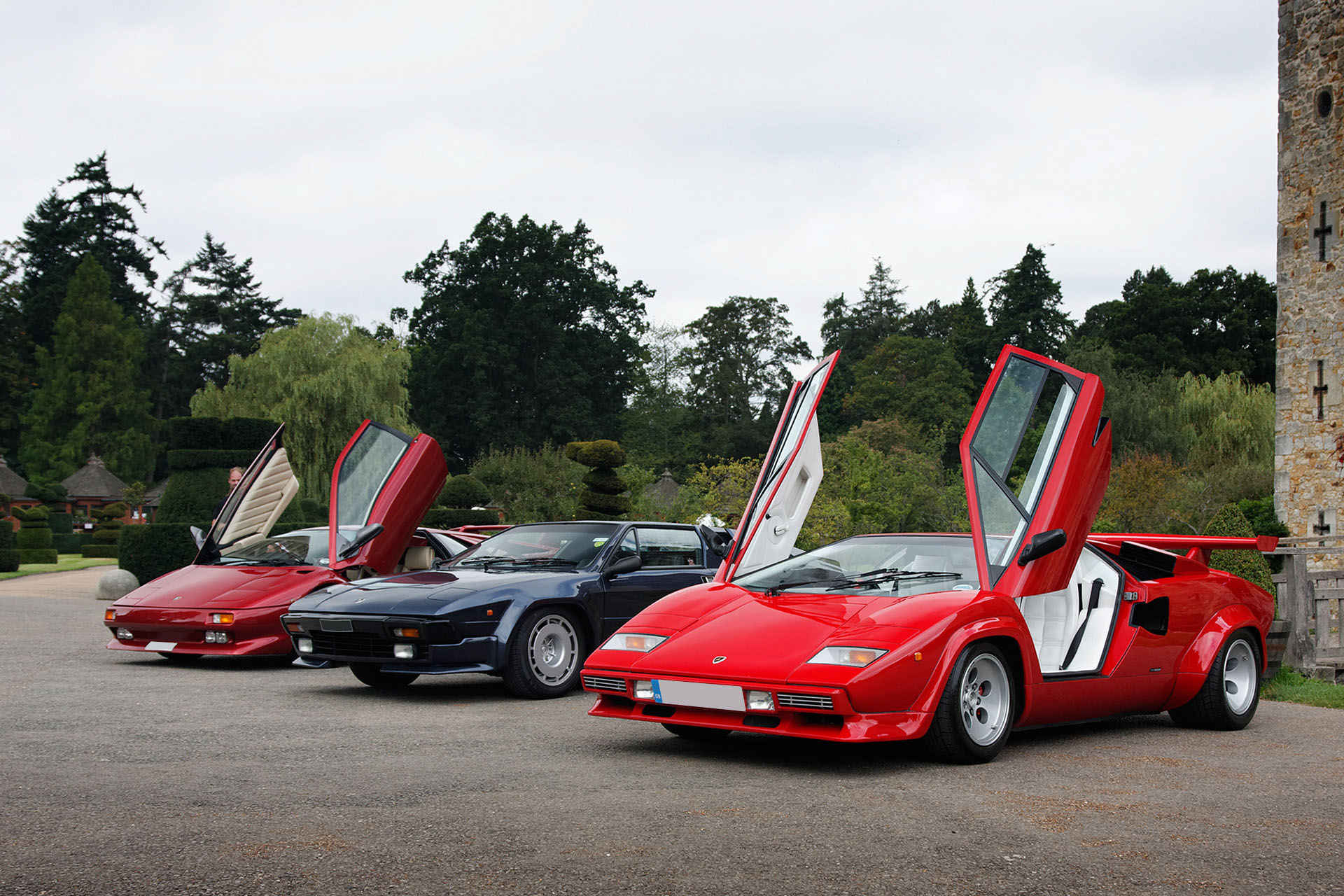
Many automakers have returned to turbochargers to generate more power, but Lamborghini instead chose a cylinder head with four valves per cylinder and increased the stroke to 75 mm for a 5,167 cc. The displacement was increased and the compression ratio was 9.5: 1. For the first time in the Countach, the Downdraft Weber carburetor was used. Thanks to these carburetors, the engine lid had a large hump in the center, further impairing rear visibility. We saw another change in the front tires, which was a bit wider, so we changed the suspension accordingly.
The
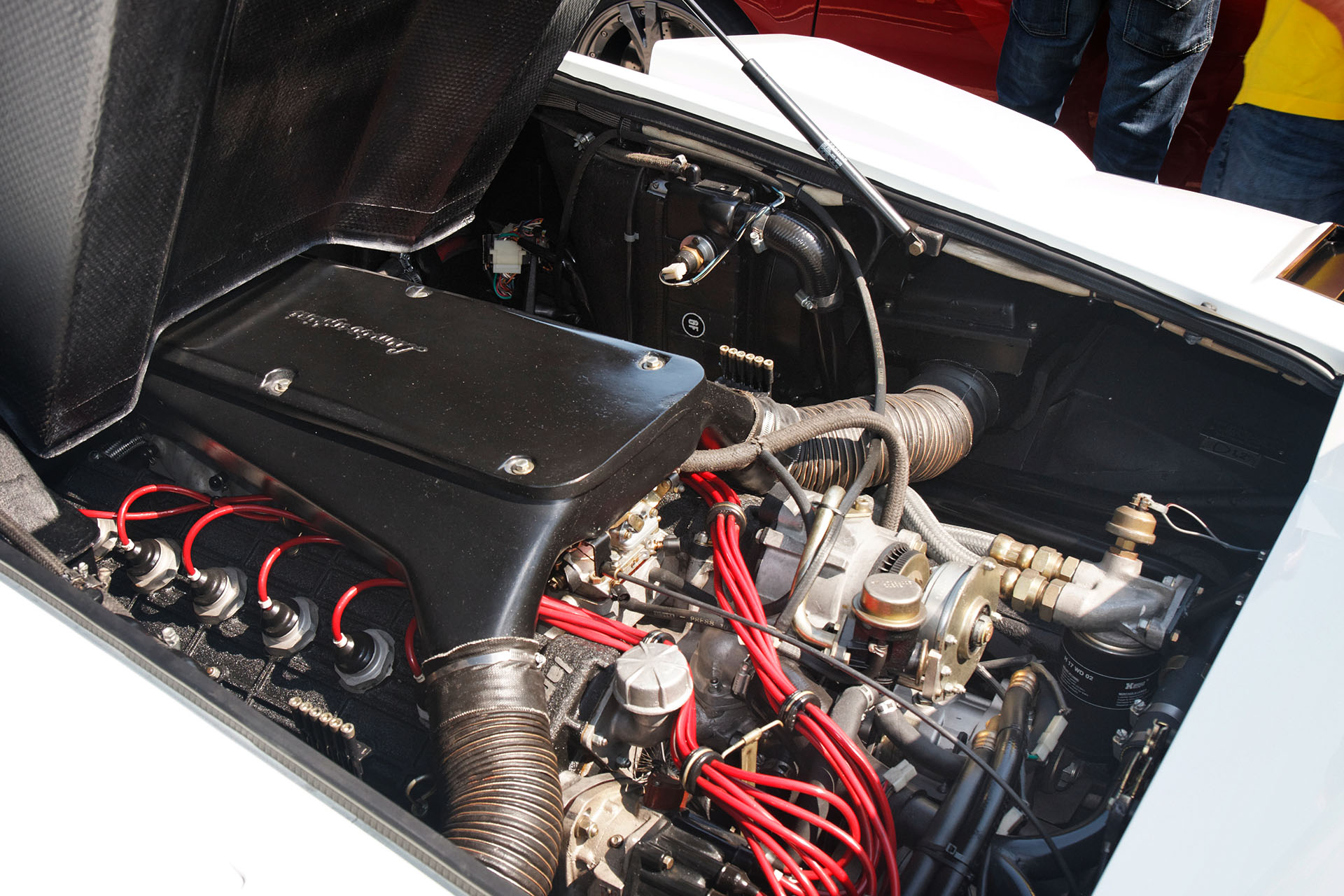
The rear tires are still a huge 345 / 35-15 Pirelli P7, made specifically by Pirelli for the Lamborghini Countach, similar to the ATE’s 4-piston brake calipers. The interior hasn’t changed much compared to the previous 5 liter S model, and usually only the air conditioner was attached to the quattro ball.
By 1986, the Countach was officially exported to the United States again, with special “crash” bumpers installed in the front and rear, and a new Bosch KE-Jetronic fuel injection instead of the Weber carburetor, under DOT and EPA regulations. , This also required another engine cover. Currently, instead of the large valve in the center of the Euro car, there are two vertical humps on each side.
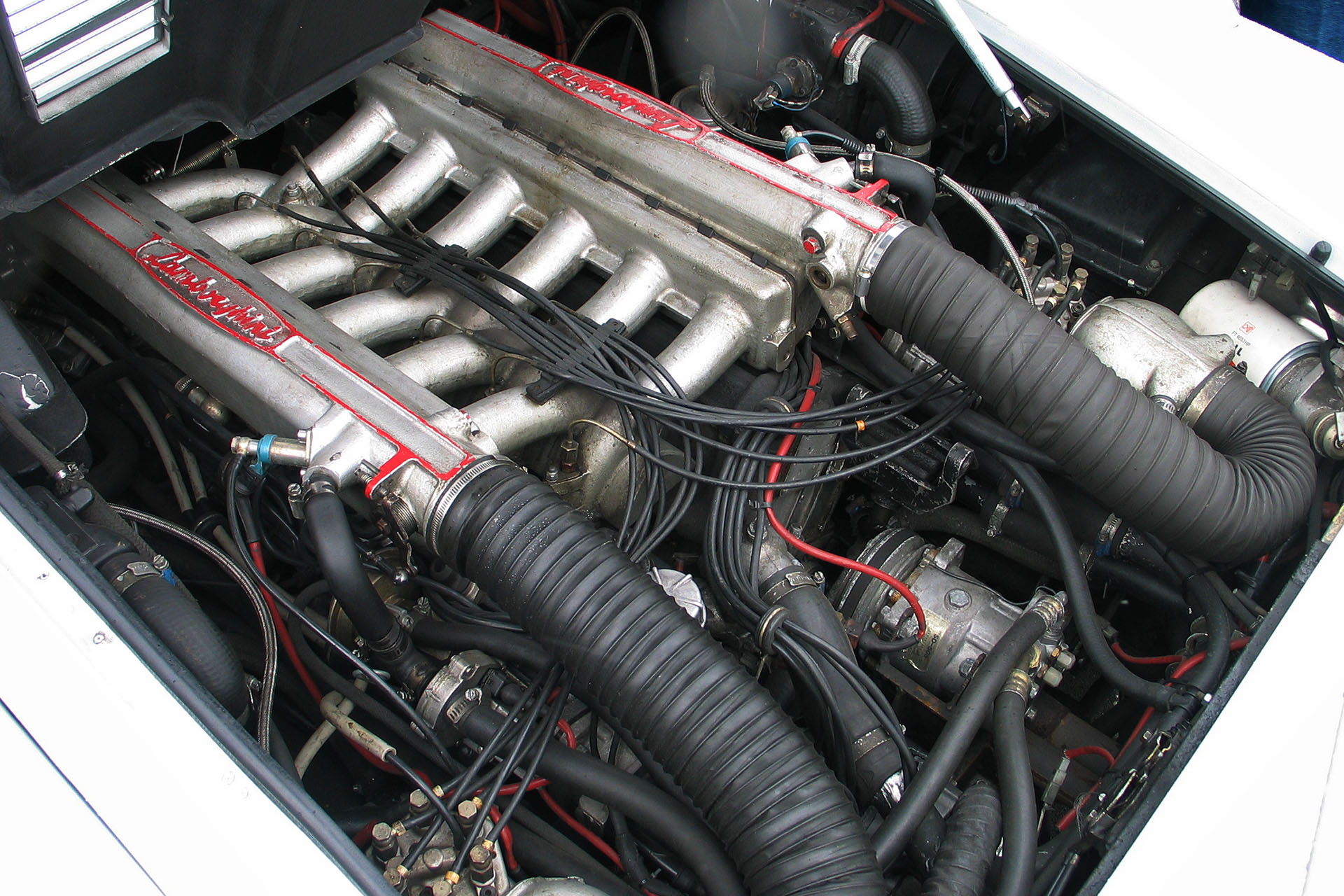
The advantage of the US fuel injection engine cover was the fact that you could actually see something in the rearview mirror inside. This was completely blocked on the Euro spec model, but the downside is that the horsepower dropped to 420Bhp. Only 8% below the European version (455 Bhp), a difference no one noticed, but still bigger than any Ferrari.
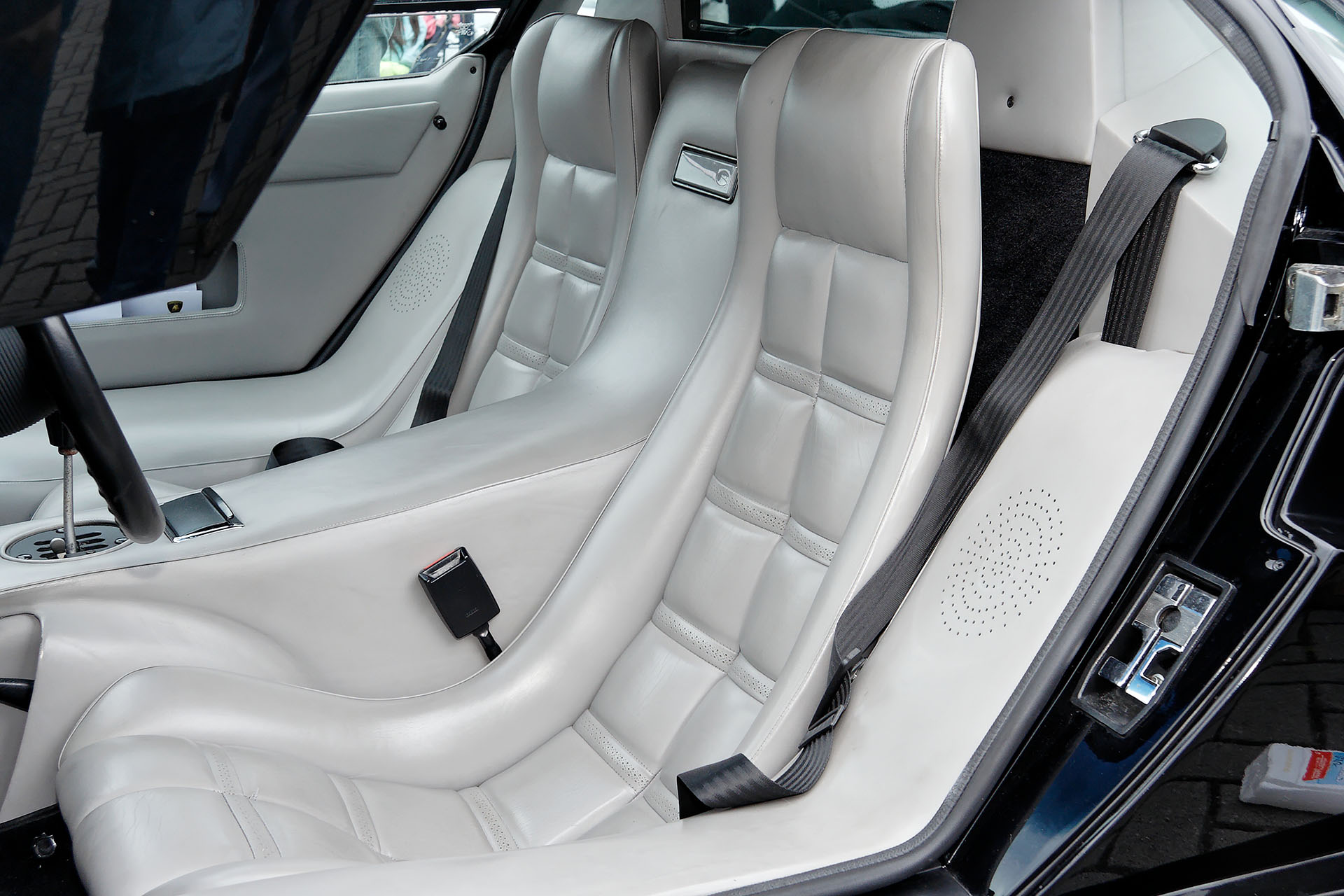
The Countach Quattro Barball made minor changes to its bodywork in late 1987, adding a new striped sill incorporating a rear brake cooling vent. The interior was equipped with a central lock, improved heater controls and significantly improved ventilation. The huge rear wing can still be ordered with the Quattro Barball, and the Countach left the factory without it, but it’s completely useless. The Countach didn’t suffer from aerodynamic lift at high speeds, so the rear wing only added drag and wasn’t cheap. The rear wing has always been an expensive option for around US $ 5,000.
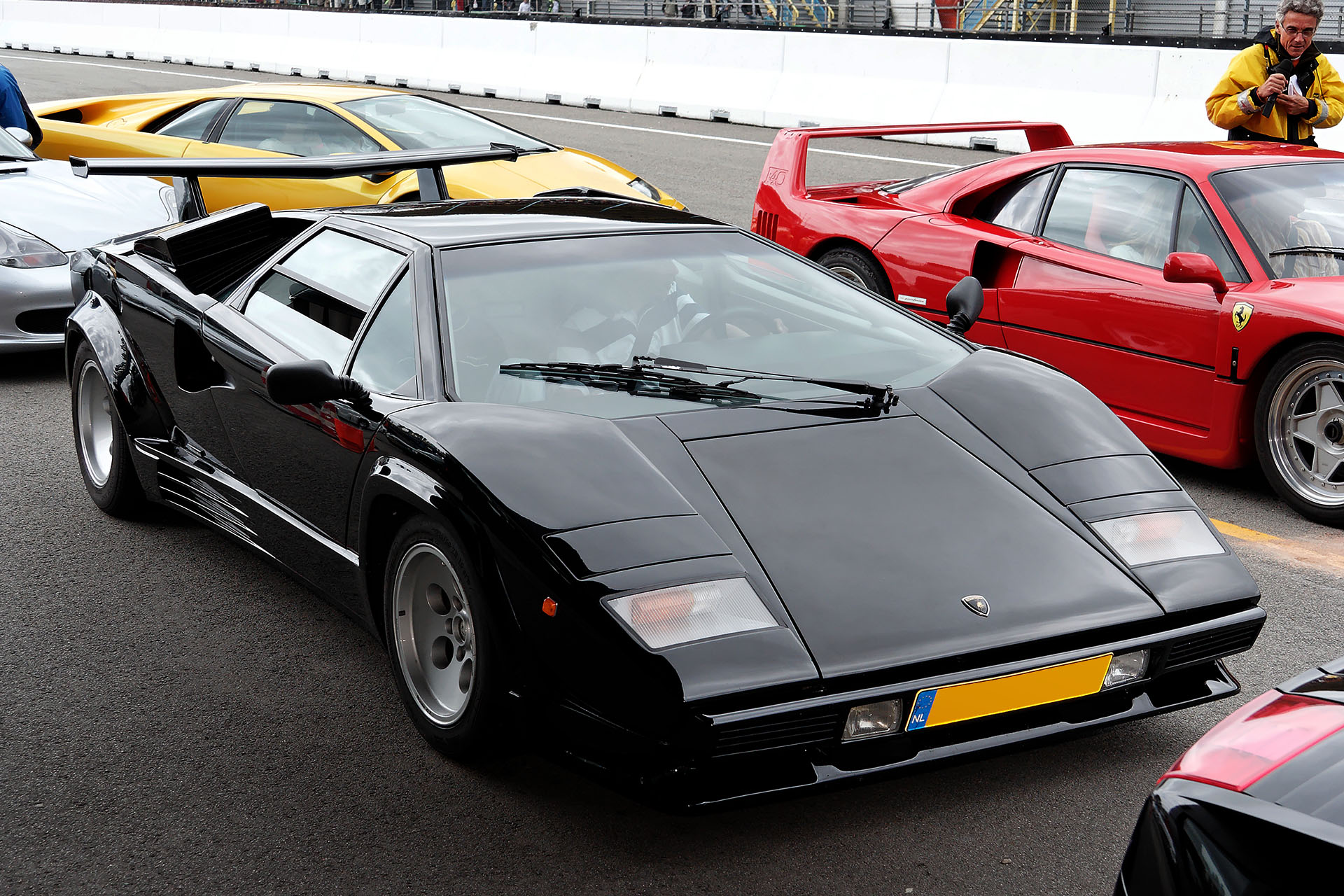
The Countach Quattrovalvole model before 1987, that is, the sillless model and the car without the huge rear wing, is considered to be the best looking Countach ever. It is also the most powerful and is said to have been what the Countach should have been from the beginning. The last Countach, the 25th anniversary, used the same engine, but the bodywork wasn’t that aggressive, so if you want to buy a Countach, buy a QV, and for me personally, the Countach QV needs a rear wing. But that’s just me.
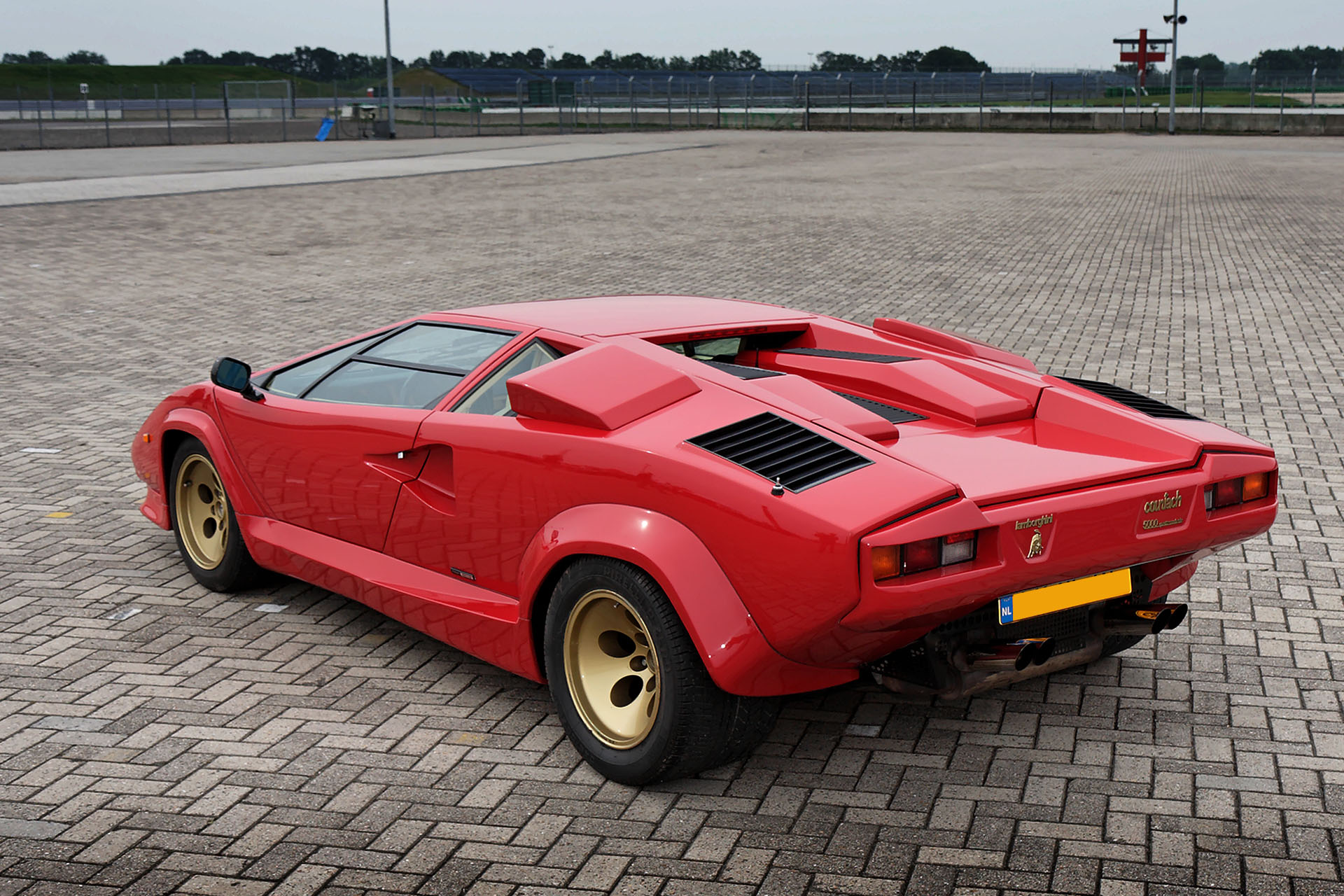
More than 25 years after the Lamborghini Countach Quattro Barball entered the automotive market, the Raging Bulls once again reached the top of the speed curve, and in 1986 the Countach QV became the fastest mass-produced car in the world. Twenty-five years later, she is still considered to be fast, and this legend, which has been in production for about 16 years, still stands out today. The original narrow body of the 70’s is the most valuable today, the Quattrovalvole is far more numerous than any of her predecessors, and I’m still for this wild, wide, low, winged bull. will go.
https://ift.tt/3zgELjV Lamborghini Countach Quattrovalvole still spins its head today | Icon
The post Lamborghini Countach Quattrovalvole still spins its head today | Icon appeared first on Autobala.
Auto Updates
Comments
Post a Comment